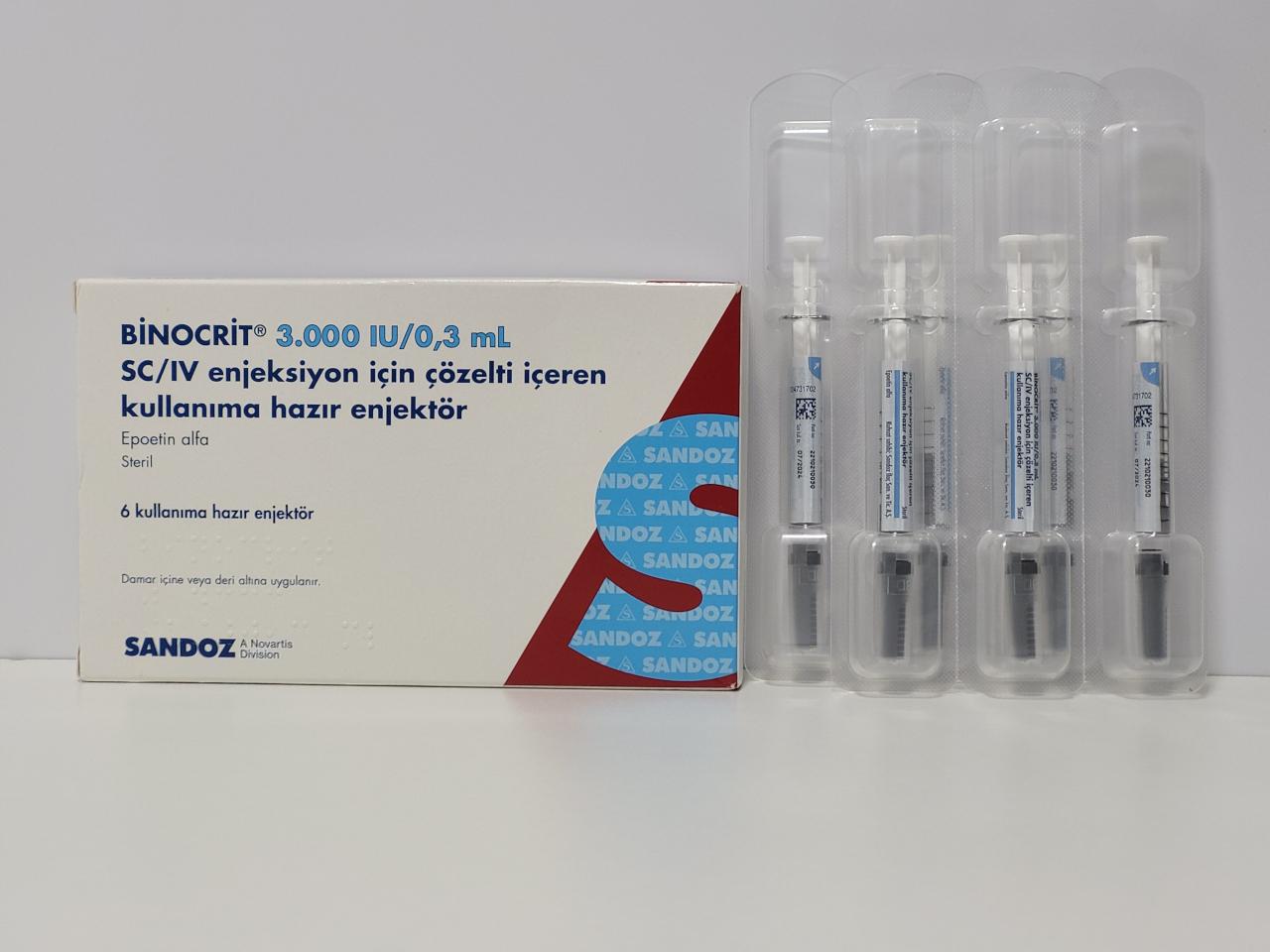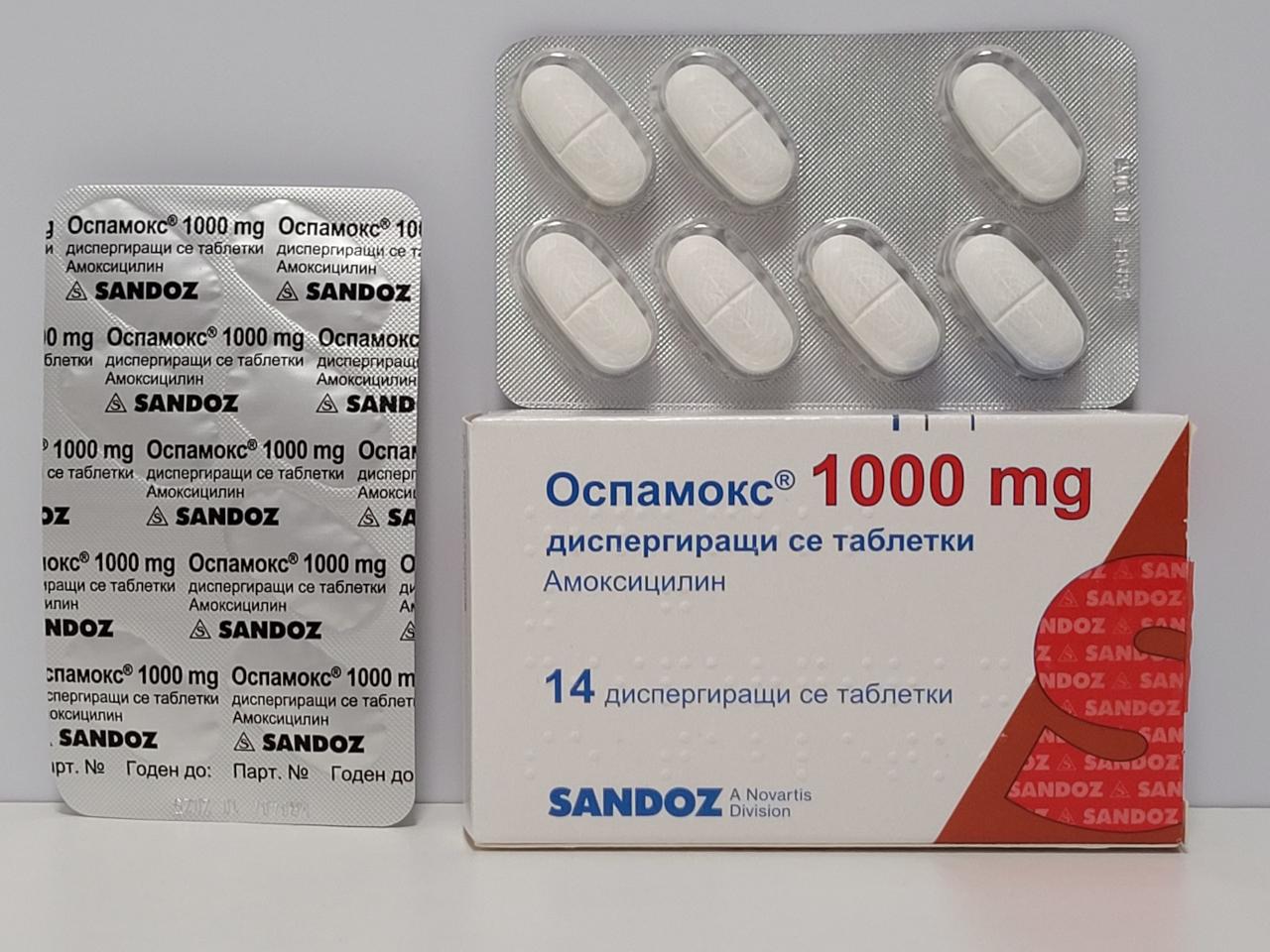Description
Erythropoietin is the primary erythropoietic factor that cooperates with various other growth factors (e.g., IL-3, IL-6, glucocorticoids, and SCF) involved in the development of erythroid lineage from multipotent progenitors. The burst-forming unit-erythroid (BFU-E) cells start erythropoietin receptor expression and are sensitive to erythropoietin. Subsequent stage, the colony-forming unit-erythroid (CFU-E), expresses maximal erythropoietin receptor density and is completely dependent on erythropoietin for further differentiation. Precursors of red cells, the proerythroblasts and basophilic erythroblasts also express erythropoietin receptor and are therefore affected by it.
A 2007 study showed that EPO has a significant effect on exercise performance,[a 2017 study showed at submaximal exertion the effects of EPO were not distinguishable from a placebo. Stating “[At] Submaximal [exertion]…[mean power] did not differ between groups.” Nevertheless, at “maximal [exertion power output was] higher in the rHuEPO group compared with the placebo group.” So, even though there was no difference at lower levels of exertion at maximal exertion the EPO group still performed better than the placebo group.

